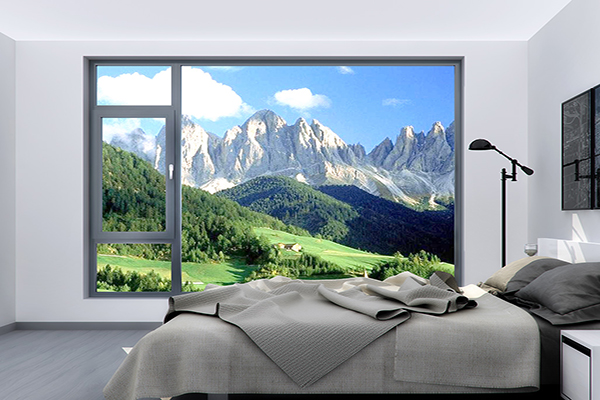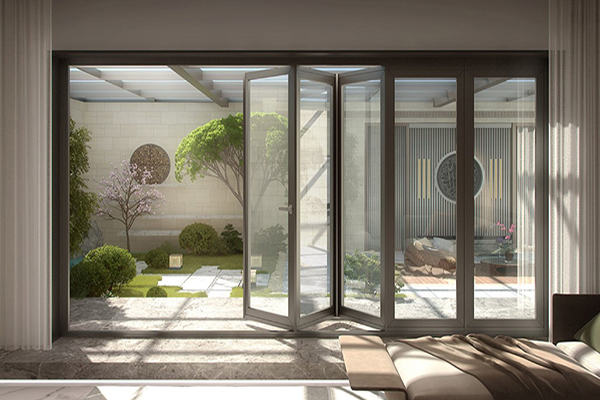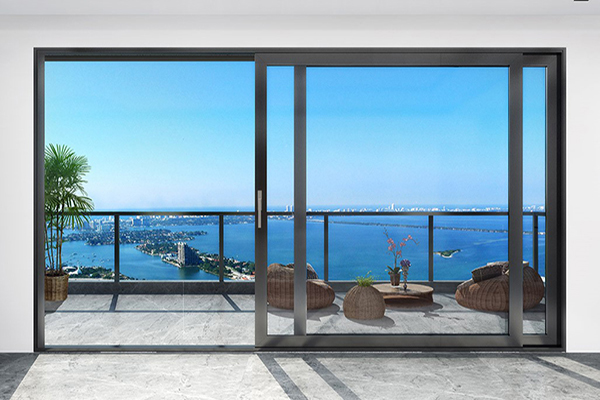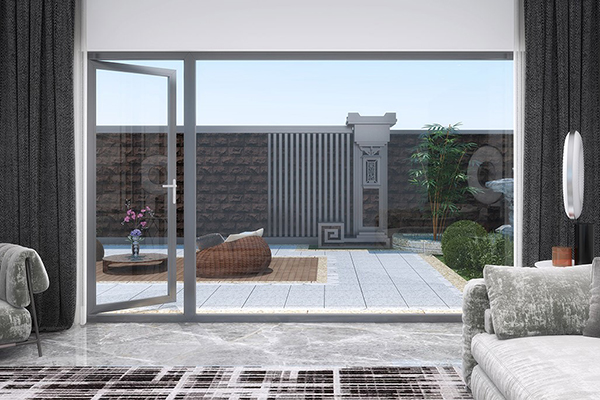How to choose the passive doors and Windows that meet the requirements(III)
Inspect water tightness performance.
Drainage system design:
A good drainage system is the key for passive doors and windows to deal with rainwater. The bottom of the window frame of doors and windows should have a reasonable drainage hole design, and the drainage holes should be able to effectively prevent clogging. For example, some doors and windows have filters in the drainage holes, which can filter out debris such as leaves and dust to ensure smooth drainage.
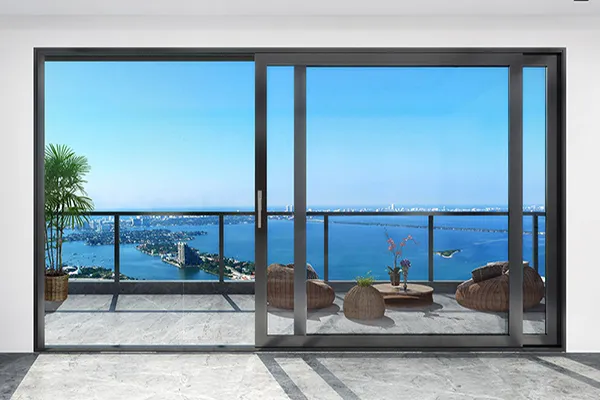
The slope design of the window frame is also very important. The outer edge of the window frame should be slightly higher than the inner edge to form a certain slope, so that rainwater can flow naturally to the drainage holes without backflowing into the room.
Waterproof performance of sealing materials:
In addition to the drainage system, the waterproof performance of the sealing materials themselves cannot be ignored. Sealing strips should not only be able to prevent air penetration but also be able to prevent rainwater leakage. Some sealing adhesives with special formulations perform excellently in waterproofing. They can maintain a good sealing state in a long-term wind and rain environment.


